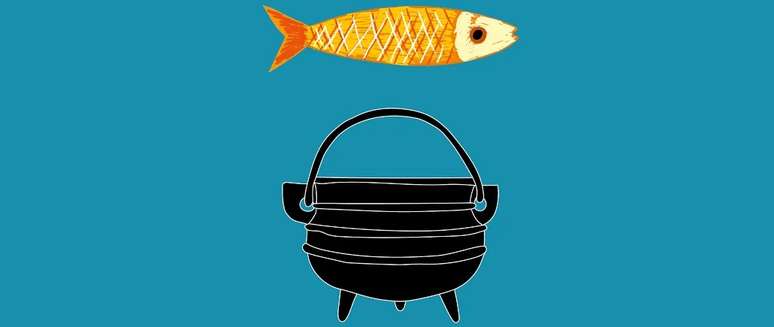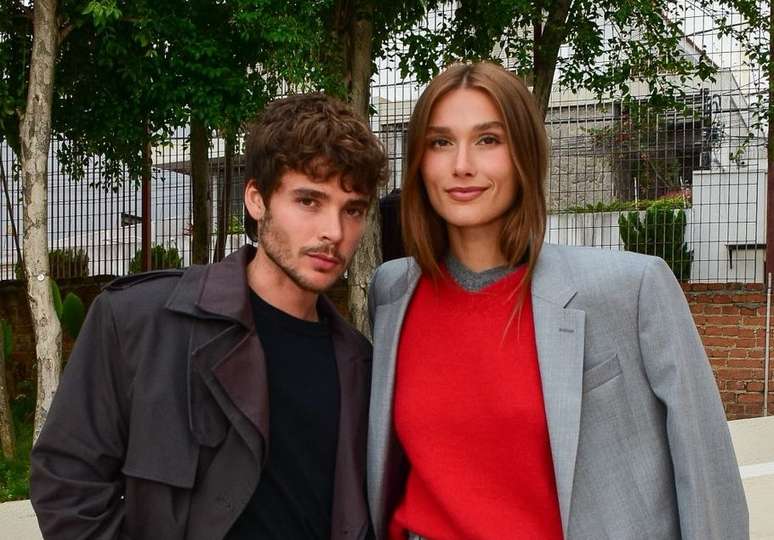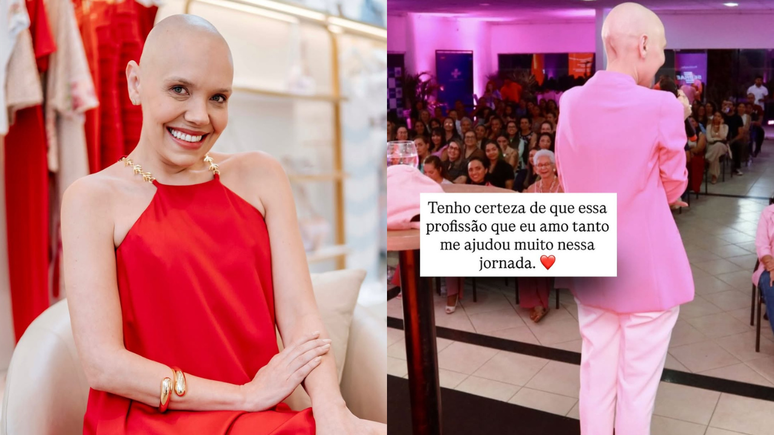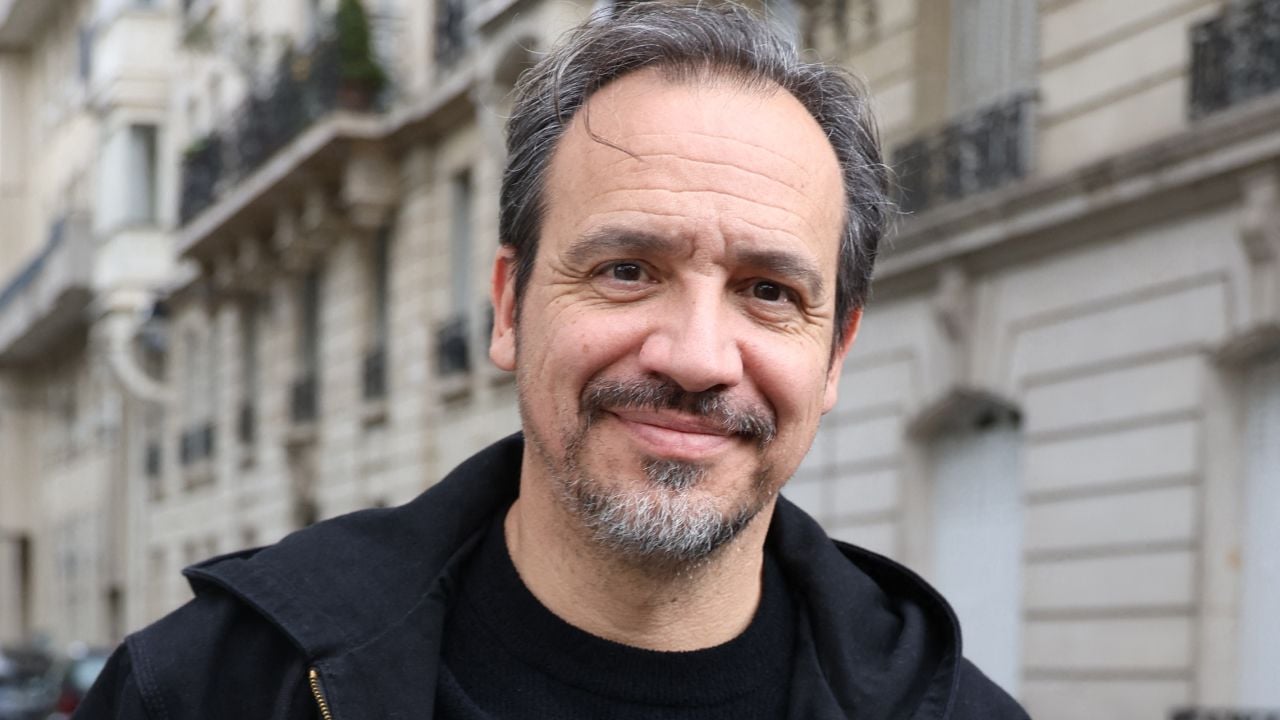There are more than 40 interviews, in places such as indigenous villages, quilombos and forests. […]
Passionate about cooking and writing since he was young, journalist Alexandre Staut has just published the book The Caldeirão of Velha Chica and other Brazilian storieson the origins of Brazilian cuisine.
In this sort of “eat” chronicle, Staut brings together in short texts the over 40 interviews he conducted between 2006 and 2013, traveling around Brazil, visiting indigenous villages, quilombole communities, cities and forests.
The work, which has a preface signed by chef Carla Pernambuco, is divided into five parts, in which the author visits the cuisine of original peoples, the contribution of African peoples, holy food, the gastronomy of immigrants and, a chapter final, with the telenovela “La Fame”, set in Brazil, in the year 2223.
“Eating is not just a personal choice, it is a political act. Food and climate change are completely connected and many people still don’t realize it”, explains the author in a note sent to Travel by fare.
The book is the result of Staut’s career as a reporter, in which he revisited notebooks, tapes and photographs.
Thus, among the trips that the reader will take, in almost 300 pages, there are destinations such as the Italian-African neighborhood of Bexiga, in the center of São Paulo, a quilombola festival, in the far north of Espírito Santo, and Manaus, during a boi-bumbá folklore festival in the Amazon.
“I have seen a lot, heard a lot of history, and this is what fascinates me the most, the oral history linked to the food customs of our country,” describes Staut.
The cauldron of Velha Chica and other Brazilian stories (R$65.90), by Folhas de Relva Edições, was launched on November 7 at Livraria Megafauna, in Sao Paulo, and will also be released on December 3 at Janela Livraria, in Rio de Janeiro.
“The stories of third parties, friends or interviewees from his other life as a reporter, take on colors and shapes in his words, reproducing firsthand what he probably heard with wide eyes and, sometimes, with laughter.”
Carla Pernambuco
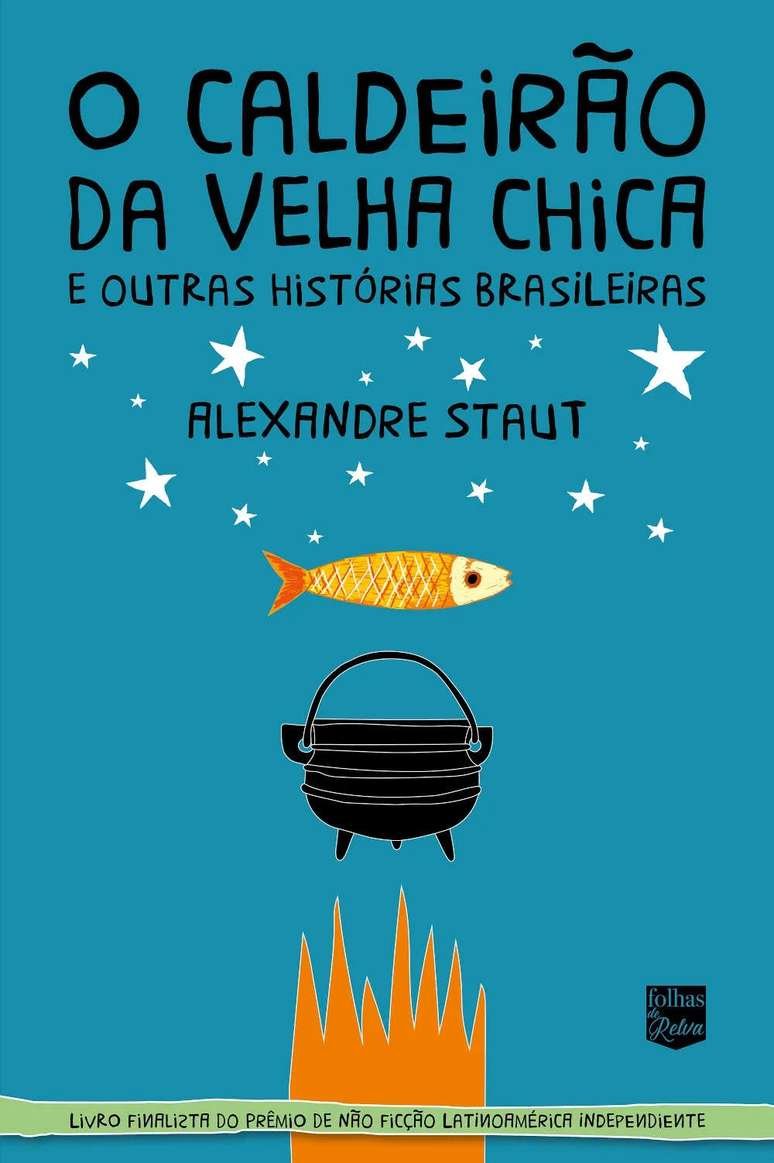
Source: Terra
Ben Stock is a lifestyle journalist and author at Gossipify. He writes about topics such as health, wellness, travel, food and home decor. He provides practical advice and inspiration to improve well-being, keeps readers up to date with latest lifestyle news and trends, known for his engaging writing style, in-depth analysis and unique perspectives.

